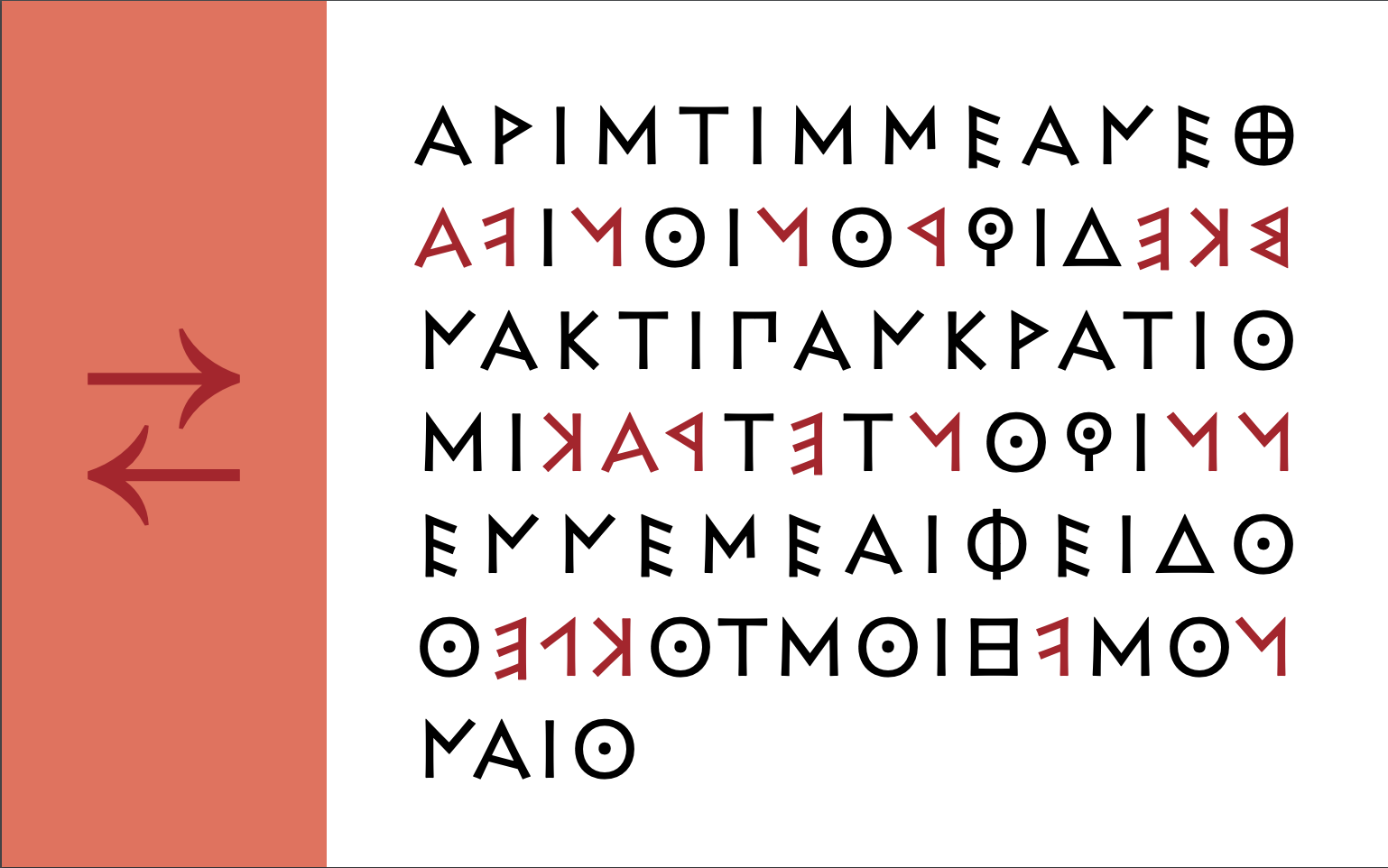- From: Skef Iterum <siterum@adobe.com>
- Date: Tue, 6 Jun 2023 18:33:25 +0000
- To: John Hudson <john@tiro.ca>, "public-webfonts-wg@w3.org" <public-webfonts-wg@w3.org>
- Message-ID: <CH3PR02MB9139D32D4891DC3DF32C1916B952A@CH3PR02MB9139.namprd02.prod.outlook.com>
I can't recall at the moment whether the spec says anything specific about this, but this is how I've been thinking about this sort of question and it may be more or less how we have to think about them: With respect to layout features, IFT sits in the overall font stack at the same level as a shaper. That is, you tell the "client-side IFT subsystem" what you need using parameters analogous to how you tell your shaper what you need. So in your case, it seems (and correct me if I'm wrong) that whatever higher-level layout settings may be at issue, at some point you're going to feed codepoints into your shaper with the rtla and/or rtlm features active (or if you have a more custom shaper do something equivalent, such that it will wind up digging around in the lookups indicated by those tags). Therefore your overall system must be "rtla/rtlm 'aware'" in at least that sense. Accordingly, if you want to add IFT support to your system that awareness must carry over. If you think you might be activating rtla on the font you've downloaded you must specify the rtla tag as one of the features you need when subsetting or augmenting. Skef ________________________________ From: John Hudson <john@tiro.ca> Sent: Tuesday, June 6, 2023 10:20 AM To: public-webfonts-wg@w3.org <public-webfonts-wg@w3.org> Subject: Layout-dependent feature subsetting EXTERNAL: Use caution when clicking on links or opening attachments. This thought occurred to me today after Skef’s mention of the palt feature. Possibly an agenda item for the next meeting, or that can be resolved in email if it is already something that is taken into account in the protocol. We have talked about default script shaping features, and about discretionary, user-activated features, and now about possible user-selected variants from within alternate substitutions (GSUB lookup type 3). I am wonder, though, about layout-dependent features, i.e. features that are off by default but that a layout engine may invoke for specific types of text configuration, e.g. vertical versus horizontal layout of Chinese. I do not know enough about CJK layout to understand all the ways in which the various OTL features that Adobe registered are used, but my understanding is that a lot of the CJK-specific features are dependent on text layout. This implies the possibility of subsetting determined by higher-level text layout settings. Another, more esoteric example—but one I am more familiar with—would be use of rtlm/rtla features triggered by Unicode formatting control characters for right-to-left text, e.g. to apply boustrophedon layout to Greek inscriptional transcription. As with the CJK examples, this is an example of discretionary (non-default) substitutions being selected indirectly by a document creator via a higher level layout setting. In this example, even-numbered lines run right-to-left and non-symmetrical glyphs use rtla flipped forms (in red): [cid:part1.5aKwU2uF.Sa50AUoe@tiro.ca] Have we accounted in IFT for layout features that are off-by-default but dependent on layout rather than direct activation by the user? J. -- John Hudson Tiro Typeworks Ltd www.tiro.com<http://www.tiro.com/> Tiro Typeworks is physically located on islands in the Salish Sea, on the traditional territory of the Snuneymuxw and Penelakut First Nations. __________ EMAIL HOUR In the interests of productivity, I am only dealing with email towards the end of the day, typically between 4PM and 5PM. If you need to contact me more urgently, please use other means.
Attachments
- image/png attachment: EFnLO59mzRmydtBS.png

Received on Tuesday, 6 June 2023 18:33:35 UTC